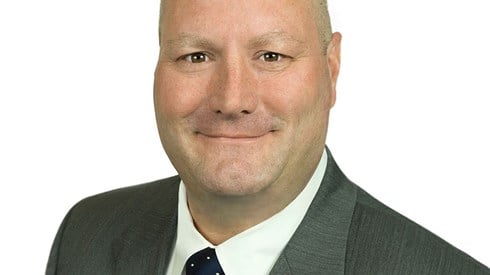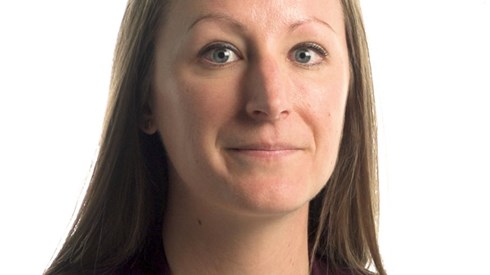Captive Insurance Companies May Evolve as Markets, Risks Change

August 13, 2020

For many organizations, setting up a captive insurance company to provide coverage for specific risks may be only the first step in a captive's evolution, experts say.
As time passes, the captive may not be where it was at its beginning, said Anne Marie Towle, senior vice president at Hylant Group, Inc., a major Toledo, Ohio-based insurance broker.
Speaking August 11 as part of a session at the Vermont Captive Insurance Association (VCIA) 2020 Virtual Conference, Ms. Towle noted there can, for example, be significant changes in the commercial market in the time since a parent company's captive insurer started providing coverage.
"There can be business plan changes and market plan changes. You may not be where you were at the beginning," Ms. Towle said.
At the same time, as top corporate executives become more educated about captive insurance, they may become more open to their companies' captives expanding coverages.
"You may have had individuals in the organization that were risk averse," Ms. Towle said. But over time, that is likely to change as corporate executives become more knowledgeable about captives, she said.
Turning to another issue, Ms. Towle said there are numerous factors captive parents need to consider when they are deciding whether or not to expand the coverages offered by their captives.
For example, "What type of surplus have you built up from inception," and does it allow you the ability to expand? Ms. Towle said.
It's important to gather all relevant loss and exposure information, said Michael Meehan, a consultant with Milliman, Inc.
Other speakers at the VCIA session noted that when captive insurance company parents do decide they want to expand their captives' coverages, they then have to seek approval from their domiciles' captive regulators.
Captive regulators said they are open to discussions with a captive parent prior to the submission of formal requests to expand coverages.
When an employer wants to expand coverages, it is an opportunity for open discussions between captive parents and captive regulators, said Sandra Bigglestone, director of captive insurance in the Vermont Department of Financial Regulation's Captive Insurance Division.
When evaluating applications for captives to expand their coverages, captive regulators will, among other things, look at captives' surpluses to determine whether those surpluses are sufficient to support higher coverage limits, Ms. Bigglestone said.
At the same time, captive parents should not be discouraged if their expansion requests are not initially approved. "We understand that there may be errors or omissions in letters seeking an expansion of coverage," she said.
In that situation, "We may request that a letter be resubmitted to include additional relevant information," Ms. Bigglestone added.
Session speakers also addressed key reasons why captive insurance companies are formed. Some of those reasons are very basic, they said. With a captive, companies can cover risks that cannot be covered in the commercial market, said Courtney Claflin, executive director of captive programs for the University of California, Office of the President.
In addition, with a captive, there will be direct access to the reinsurance market, with the captive having an opportunity to capture underwriting profits, Mr. Claflin said.
August 13, 2020



